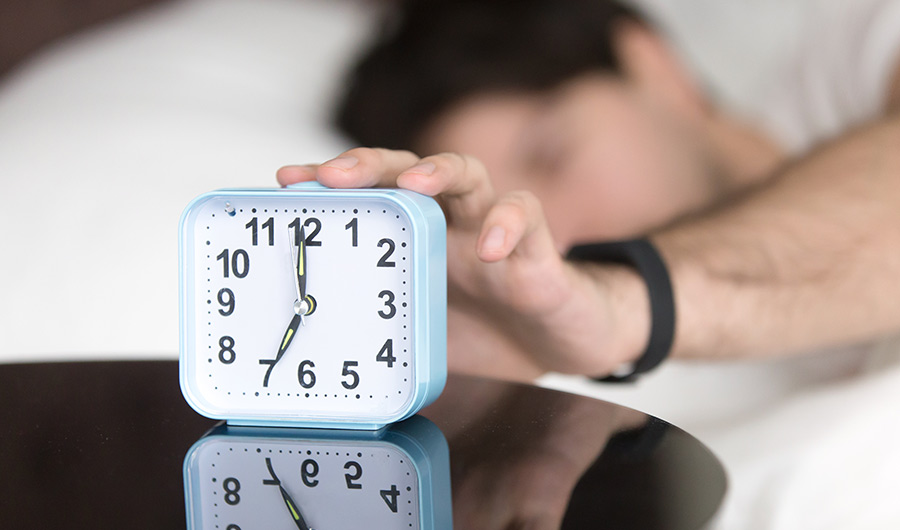BRIEF: Cheap Motion-Sensing Bracelets Decode Thousands of Nights of Sleep

Image credits: fizkes via Shutterstock
(Inside Science) -- Motion sensors worn on the wrist have long been a staple of sleep research, tracking when people are awake or asleep. But in the past, such simple, take-home devices have revealed little about what happens during sleep itself. For a deeper look, doctors and researchers have had to bring people into a lab and hook them up to an ungainly nest of wires, measuring everything from brain waves and eye movements to the rhythms of breath and heartbeat.
Such "polysomnography" studies show how people cycle through different sleep stages over the course of about 100 minutes. However, they are too expensive to use on a large scale.
The companies that sell consumer sleep cycle-monitoring devices don't usually share detailed information about how products work, and most such gadgets perform poorly when compared to polysomnography, according to Till Roenneberg, a chronobiologist at the Institute of Medical Psychology at Ludwig-Maximilian University in Munich. Now, Roenneberg and his colleagues have found a new way of tracking sleep cycles, using the same motion-sensing bracelets that doctors and researchers have been relying on for years.
Researchers had previously noted that people tend to move more during shallow sleep stages and less during deep sleep. But those differences in movement levels weren't clear enough to serve as a reliable measure of sleep cycles on their own, according to the researchers.
In their new study, published last week in the journal Current Biology, the researchers report that the trick is to instead look at when people are still. When they applied a mathematical transformation to the data to derive a new metric based on inactivity, the sleep cycles stood out clearly, like an optical illusion that forms a picture when you look at the negative space.
Applying this trick to more than 20,000 days' worth of wrist monitor data from 574 people produced what the researchers call "the first large-scale analysis of human sleep dynamics in real life." The findings confirmed patterns previously identified using polysomnography. For example, the differences between deep and shallow sleep were more pronounced in children than adults.
According to the authors, the new method could vastly increase sample sizes for sleep structure research, helping researchers test treatments for sleep disorders and perhaps learn more about how sleep works.

